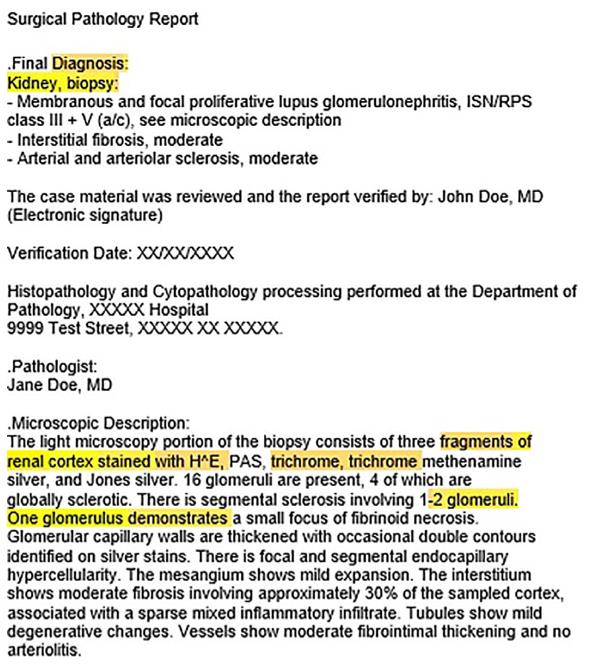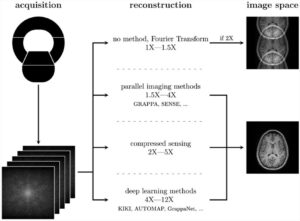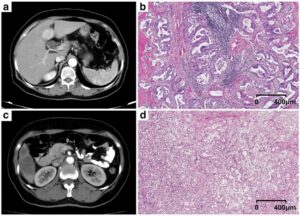By now, everybody knows that AI-based systems achieve impressive results in image analysis. But a recent blog post asked the question of what the next true killer apps could be [1]. Interestingly, the author raised the point that the next killer app may well be outside of the walls of the radiology department (i.e. further away from pixel analysis than some may think).
A recent article published in Radiology: AI presents a use-case to which most radiologists can probably relate [2]. Early on in my career, I tried to keep an Excel file where I would save all follow-up recommendations that I found particularly relevant. But as my reporting speed, and with it, my workload, increased, fewer and fewer cases were added to that list and I ended up with hardly any being checked for either pathology results or follow-up imaging.
The authors set out to develop various classification methods for pathology reports which could then be integrated into the follow-up engine they used at their institution. So, instead of manually going through lists of cases to be checked, their algorithm would enable the system to automatically identify pathology reports relevant to the organ for which follow-up was suggested. The task may seem simple and work well with reports that are structured to some extent [3], but simple methods do not reach satisfying performance when matching unstructured radiological reports with unstructured pathology reports. However, in this study, the authors were able to develop a convolutional neural network (CNN) that accurately detected relevant unstructured pathology reports with an F1 score of around 95%.
This study highlights an interesting use-case where AI technology could have an immediate effect and help to improve patient care. Implementing such tools would certainly streamline processes, save time and free resources, help to reduce missed follow-ups, and aid the radiologist in self-checking (i.e. answer the fundamental question: “Was my diagnosis correct?”).
Read more on how the authors tackled “Automated Organ-Level Classification of Free-Text Pathology Reports to Support a Radiology Follow-up Tracking Engine” in the link below.
Key Points:
- Neural network–based approaches achieve high performance on organ-level classification of free-text pathology reports.
- The system qualitatively learned features similar to human annotators.
- Similar approaches are likely feasible for use in a wide variety of clinical settings.
Authors: Jackson M. Steinkamp, Charles M. Chambers, Darco Lalevic, Hanna M. Zafar, Tessa S. Cook
References:
- Korchi A. AI in Radiology: the Quest for the Killer App [Internet]. Available from: https://medium.com/@amine.korchi/ai-in-radiology-the-quest-for-the-killer-app-76835d8fcb04
- Steinkamp JM, Chambers CM, Lalevic D, Zafar HM, Cook TS. Automated Organ-Level Classification of Free-Text Pathology Reports to Support a Radiology Follow-up Tracking Engine. Radiology: Artificial Intelligence. 2019 Aug;1(5):e180052.
- Kelahan LC, Kalaria AD, Filice RW. PathBot: A Radiology-Pathology Correlation Dashboard. J Digit Imaging. 2017 Dec;30(6):681–6.













